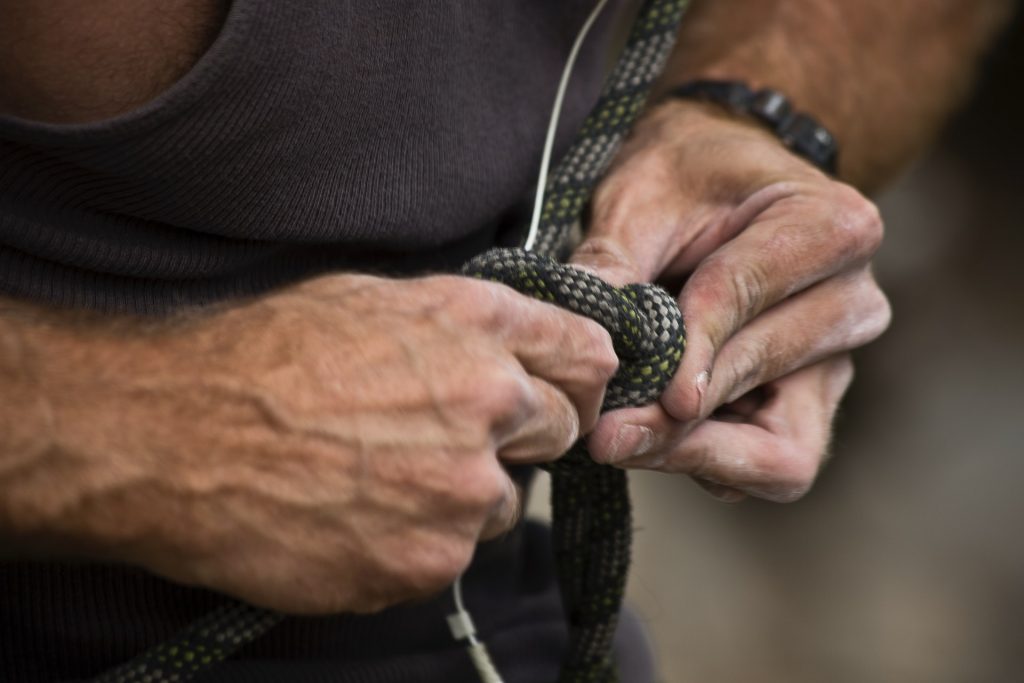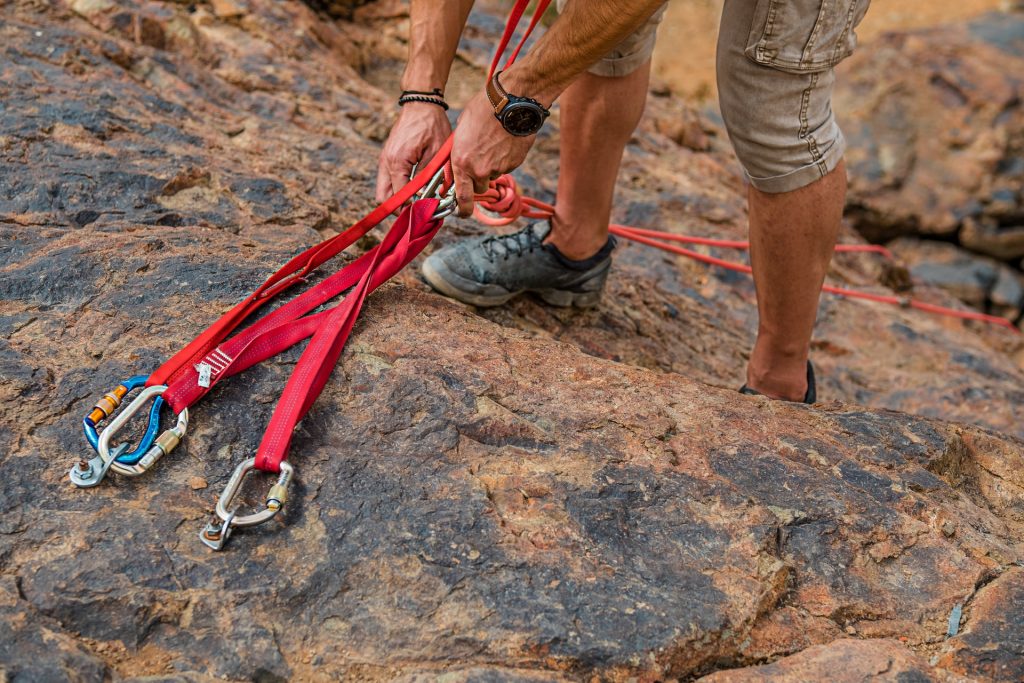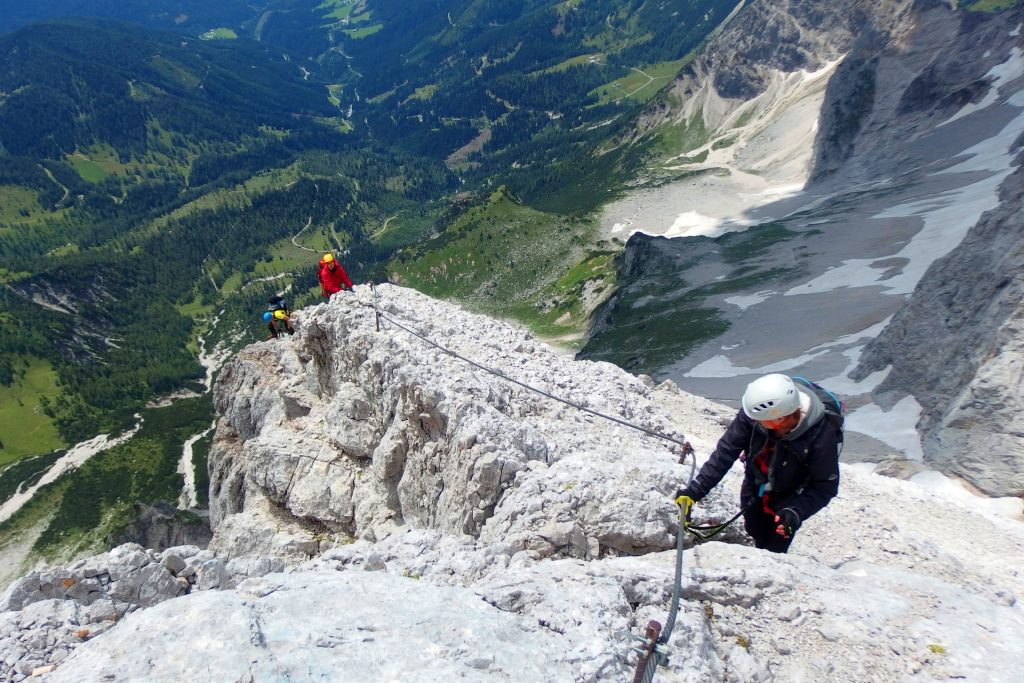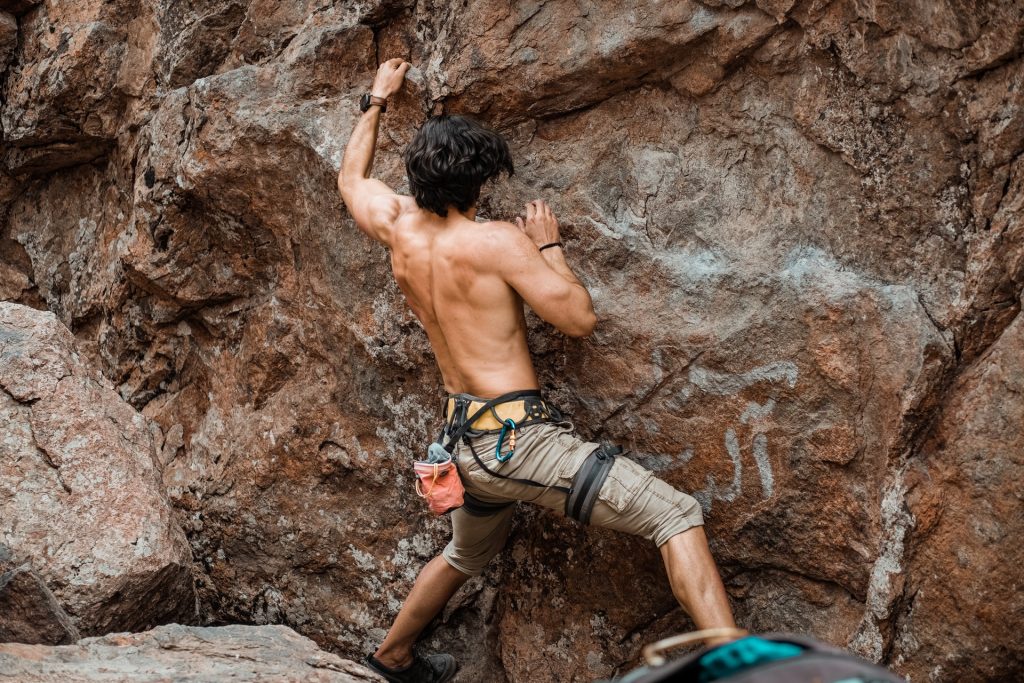Table of Contents
All You Need to Know To Start Building Your First Trad Track?
How to Build Your First Trad Rack? Climbing is a sport that has been around for centuries. It is considered one of the most popular sports in the world and has been growing in popularity with time.
Climbing requires a lot of skills and training to master. You need to have good balance, strength, endurance, flexibility, and coordination. The first step to climbing is finding a climbing gym near you and joining their beginner’s class or taking private lessons from a professional trainer.
You can start by learning how to tie knots or just learn about the basics of what you need to know before starting your first track build at your local gym.
In this blog post, we’re going to discuss how you can build your own exclusively unique climbing track. We’ll be breaking down the steps involved, and the required gears regardless of what sort of grade you want or the outdoor area or stadium you are building it in. Having a world-class climbing track, one that is as unique as the venue itself creates an experience that is much more memorable and entertaining. So why not make your own?
What do I need for my first trad rack?

1- The Basics
The more you know about the basics of climbing, the better your experience will be. A good introduction to climbing is to start with bouldering. Beginners should focus on mastering the basics before moving on to harder climbs.
2- A Good location
The first step is finding a good location for your first climb. The best locations for beginners are indoors like at a gym or outdoors like at a local park or rock face.
3- What type of climbing do you do?
The next step is to choose the type of climb that you want to do and then find out what type of gear you will need for that specific type of climb.
4- Practices
Once you have this information, it’s time to think about what kind of grip and footwork skills you will need for that type of climb. Gripping the holds and footwork for long climbs requires different skills than gripping small holds like on a boulder problem. You will likely need to practice these skills with a partner over and over again before you are ready to try them out in the real world.
5- The Skills You Need for Climbing
- Good balance
- Strength
- Endurance
- Flexibility,
- Coordination
Learn More About Best Grip Strengtheners for Climbers
Best Gear For Getting Started

Trad Climbing Protection
- Nuts
- Hexes
- Cams
- Quickdraws
- Slings
- Belay Device
Learn More About Trad Climbing Gear
Trad Personal Gear
- Harness
- Carabiner
- Climbing Shoes with rubber soles and leather uppers
- Chalk bag
- Chalk (for hands)
- Bouldering mats,
- Crashpads
- Ropes
A crash pad is a pad of dense material (cardboard, foam, or other dense material) that can be placed under the climber during a fall to cushion the impact.
Bouldering mats are made from an open-celled foam core cut into multiple layers and sewn together with climbing rope. They are meant to be placed on the ground and are sometimes called caving mats. They are available in a range of thicknesses and lengths. , and can be used for bouldering, top-rope climbing, or lead climbing.
Chalk is a granular, water-soluble powder that can be rubbed on the hands to prevent them from slipping during climbing.
Where do you climb?

There is no single best place to go for your first climb. Climbing gyms are possibly the best place to start, but these are not always an option. Local rocks that are accessible and not too steep can be a great place to try some introductory climbing. A more advanced climber might want to find a spot where they can get away from people and practice bouldering or climbing without the use of belay devices.
Upskilling Your Physical Techniques
Physical techniques have three main ways of progression- traverse, downhill, and uphill route. Among these techniques,
the downhill circuit is the one that conquers better and faster than others due to its inbuilt rules. Additionally- it requires less getting resources within reach. Semi-physical skills like those of rock climbing can help you spar with this technique at all times
Cold Weather Training: Why is it important for a Newbie Climber?

The importance of cold-weather training
The importance of cold weather training is not just limited to the mental aspect. It also helps with the physical and physiological aspects.
When you are in cold weather, your body releases endorphins which make you feel good. This helps with your mood and helps you to get through tough moments that might arise in the mountains.
The physical aspect of cold weather training is in building muscle endurance. When you are in a cold environment, your body wants to be able to stay warm. This means that the muscles have to work harder and the body needs more oxygen.
Build up your muscle endurance by training in the cold before you go on an expedition or climb in colder conditions.
The most common risk of cold-weather training
However, there are also risks to consider. The most common risk is the risk of frostbite or hypothermia.
Frostbite is when the skin and/or tissue freeze from exposure to cold temperatures (like on our hands). Hypothermia occurs when your body loses heat faster than it can generate it from being outside in the cold. At its core, hypothermia is a medical issue, and not really something to worry about on a training or recreational basis.
There is also the risk that if someone falls on a trail and injures themselves, that person might not be able to get back up because of their injuries. Or there is a risk of injury from using a loaded backpack on rocky terrain. And then there’s the risk of injury from other people or other things on the trail.
The Hiking Club of America recommends that hiking should be stopped in below-freezing temperatures, and any time the temperature is forecast to drop below freezing for the next 24 hours.
How to Trad Climb When the Weather is Insanely Bad?
When the weather is insanely bad and you are not feeling your best, it is important to have a plan in place. Below are some tips that will help you climb when the weather is bad and when you are not feeling your best.
1) Create a list of activities that can be done indoors such as meditating.
2) Make sure to have a few things on hand in case of emergency- like an extra pair of gloves or shoes.
3) If you know that there’s going to be a storm, make sure to bring an umbrella with you!










Discussion about this post